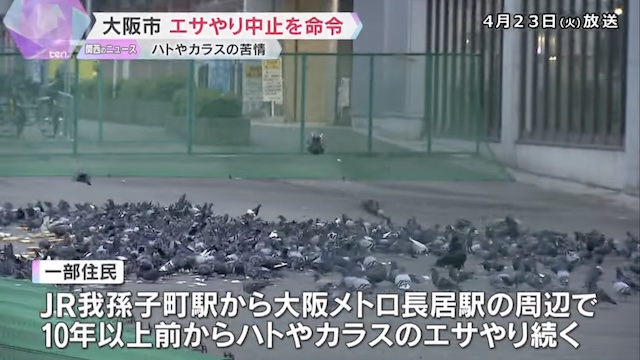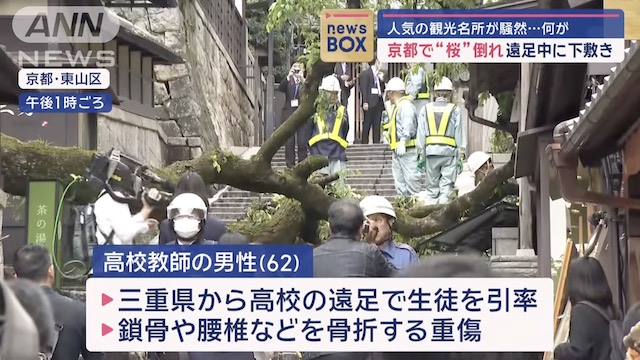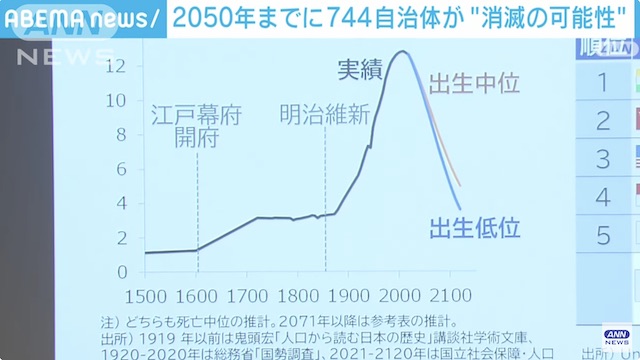Jun 29 (Nikkei) - Japanese defense forces will establish next spring a new electronic warfare unit responsible for jamming signals ahead of an attack on the country, Nikkei has learned.
A team of about 80 personnel will be attached to a Ground Self-Defense Force base in the southwestern city of Kumamoto. It will serve as the southern complement to the Cold War-era electronic warfare unit on the northern island of Hokkaido.
The new unit was deemed necessary in part due to mounting friction with China over the Japanese-administered Senkaku Islands in the East China Sea, which Beijing claims and calls the Diaoyu Islands.
In the event of an imminent island invasion, the unit would first identify the electromagnetic wavelengths enemy warships and planes use for communication and radar. It would then seek to disrupt enemy signals and attacks by guided missiles.
The specialized unit will be stationed at Kumamoto's Camp Kengun. It will coordinate with the Amphibious Rapid Deployment Brigade, which is based in Nagasaki Prefecture's Camp Ainoura and specializes in recapturing islands.
Japan's first electronic warfare unit is stationed in Hokkaido's Camp Higashi-Chitose, which gave it a prime position for intercepting Soviet signals. But the East China Sea has emerged as a newer priority in Japan's defense policy. Chinese government vessels have in recent weeks made a record number of incursions into the waters surrounding the Senkakus.
Personnel will start receiving training in electromagnetic warfare next month at the Self-Defense Force Signal School in Kanagawa Prefecture, near Tokyo. The program will include instruction on the latest electronic warfare capabilities being developed internationally.








